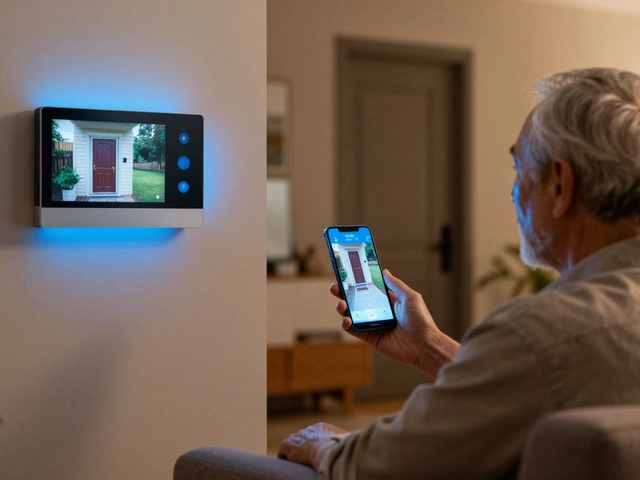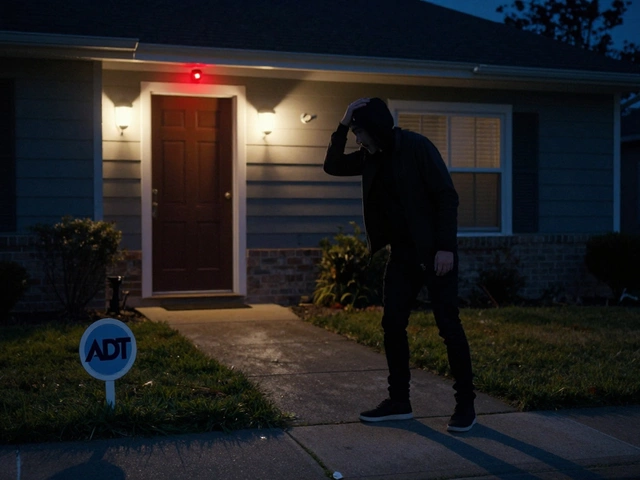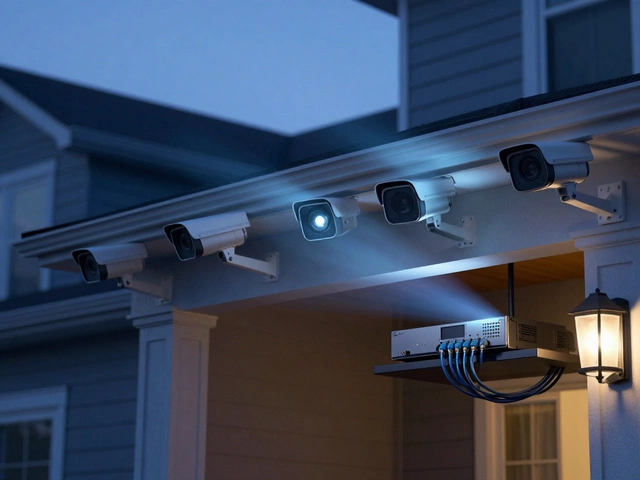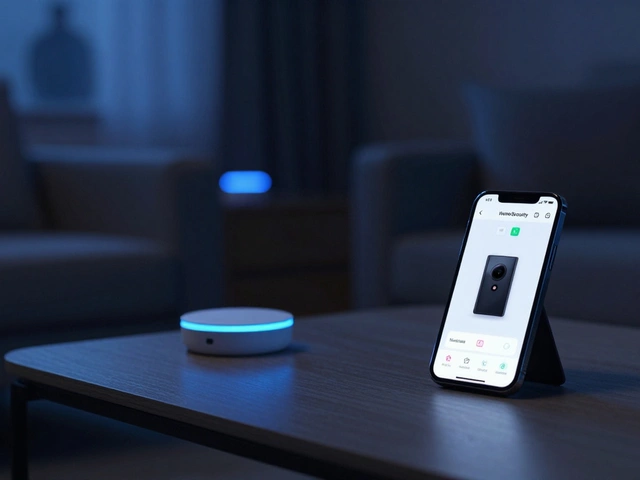Control: Simple Ways to Take Charge of Your Home Security
When it comes to keeping your house safe, you want tools that work and advice that’s straight to the point. This page gathers the most useful tips on controlling alarms, cameras, doorbells and other smart devices, so you can set up protection without a headache.
Smart Doorbells – Wiring, Wi‑Fi and Battery Choices
Doorbells are the first line of defence. If you wonder whether a smart doorbell needs wiring, the answer is: it depends. Wired models give constant power and usually work with any existing doorbell transformer (12‑24 V in the UK). Battery‑run units are flexible but you’ll need to replace or recharge the battery every few months. Both options need a reliable Wi‑Fi signal, so test the connection at the front door before you commit.
For a wired install, you’ll locate the transformer behind the existing chime, turn off the mains, and connect the new doorbell’s wires to the same terminals. Battery models simply snap onto the mounting plate – no tools required. Keep a small power adaptor handy for the occasional recharge, and check the battery level in the app each week.
Alarms Without a Phone Line – Going Wireless
Older alarms relied on a telephone line to call the monitoring centre. Modern systems use cellular or IP‑based communication, so you can ditch the old line entirely. A cellular module sends alerts over the mobile network, while an IP module works through your home’s internet. Both methods need a backup battery so the alarm stays alive during power cuts.
When you pick a wireless alarm, look for a system that offers dual‑path monitoring – cellular plus internet. That way, if one network fails, the other still gets the alert to the monitoring centre. Most providers include a small backup power pack that lasts 24‑48 hours, giving you plenty of time to sort any outage.
These tips cover the most common control questions: wiring vs battery doorbells, and alarm systems that work without a phone line. Use them as a checklist when you compare products, and you’ll avoid surprise costs and installation headaches.
Remember, the best security set‑up is the one you actually use. Choose devices that fit your routine – a hard‑wired doorbell if you already have a transformer, or a battery‑powered model if you move often. Pair your alarm with a cellular backup if your internet is unreliable, and you’ll have a solid, low‑maintenance system that keeps your home safe all year round.






